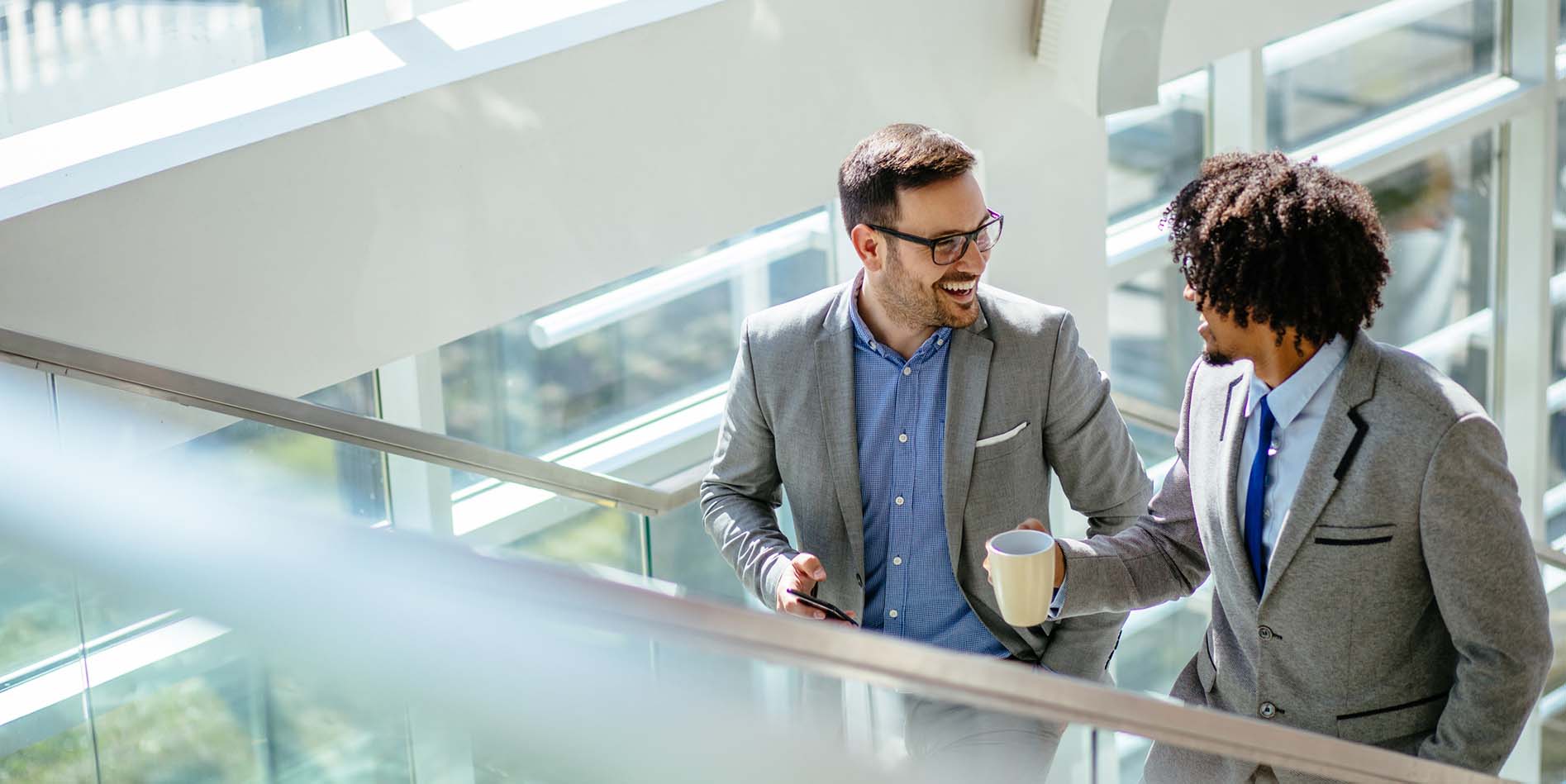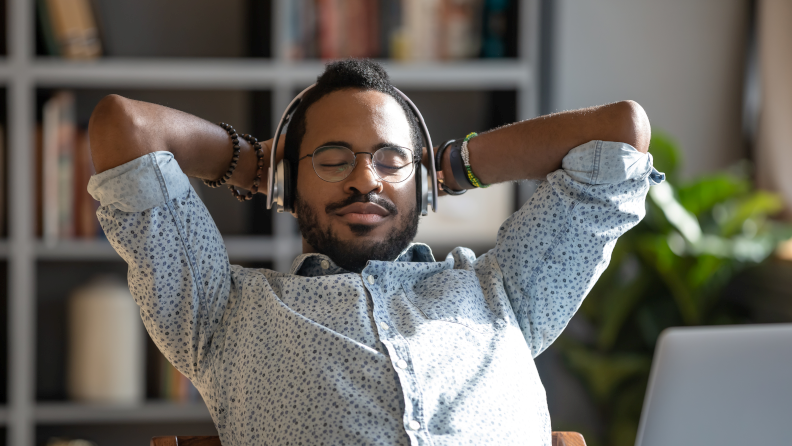Keep active during working hours
Physical HealthArticle8 February 2021
Work and health don’t have to be separate, with many experts and organisations showing how the two can merge.
With the majority of your waking hours spent at work, it makes sense to incorporate daily physical activity (as recommended by the Australian government) into your working day.
“Being physically active in the workplace improves all those things we know we need to maintain for a healthy body,” explains former VicHealth CEO Jerril Rechter. “It makes sure we’re at less risk for becoming obese which can contribute to things like heart disease, diabetes and some cancers.”
Getting up regularly to move around isn’t just a work break — it’s essential for your health.
How to be active during working hours
For workplaces to become more active, it’s vital they incorporate it into their culture. “Build it into the habit of your working place,” Rechter advises. “It’s really hard to make those changes on top of everything else, but if you can build it into the pattern of your working day, that’s the best way to maintain good physical and mental wellbeing.”
Some simple ways you can look after your employees’ wellbeing through physical activity include:
Meetings on the go
Stepping out of the boardroom and taking meetings to the road is a great idea for both physical and mental health. “Getting out of the office for walking meetings helps you connect with your colleagues in a different way,” says Rechter. “The kind of energy that’s in the boardroom shifts.”
If you can’t walk, stand
“We have a standing meeting room,” says Rechter. “Good ideas and innovation can come from any location.”
Be mindful of placement
Do your employees have everything in reach? Rechter says, in the VicHealth offices, “we put the good coffee machine downstairs and we put the newspapers upstairs, and that encourages people to walk between floors. It also makes sure they connect with different people across the organisation which is really great for their mental wellbeing.”
Having shared printers in central locations also encourages employees to get up and move around.
Have some fun
Why not organise an outside sports game, either in your office’s outdoor space or in a local park? This could be arranged at lunchtime or during the afternoon to help boost vigorous physical activity and create a team-building opportunity. If you have workers in different locations, try a virtual challenge such as a daily steps competition, 20 push-ups at 10am, or sharing photos of your favourite walking or running spot.
Use a stand-up desk
Experts recommend sitting for no longer than 30 minutes at a time, so using a stand-up desk can keep you working while looking after your health.
Get involved in fun initiatives
Each September, the Black Dog Institute encourages physical activity for mental health by holding an Exercise Your Mood Month. You can hold events and fundraisers, and be creative about how to get your employees moving.
Choose the stairs
The first step in encouraging your employees to use the stairs instead of the lift is to make it simple, for example ensuring stairwell security codes are accessible. And don’t forget to keep it in the front of people’s minds as they’re waiting for the lift: “Put a sign on the elevator that triggers people to think about walking on the stairs instead,” suggests Rechter.
Making physical activity work
For Robert Moorman, who works in video production, encouraging staff to be active is about more than just physical health.
Ideas such as walking meetings have increased the organisation’s productivity. “Our staff meetings are a 40-minute walk, and then we have a coffee together,” Moorman says. “It makes us more productive; it’s a 40-minute walking track so the meeting doesn’t get stretched out to two hours. We’ve also noticed it keeps us focused, and the way ideas pour out is incredible. You don’t get that same energy in the boardroom.”
It’s this creative thought Moorman was seeking. “We meet with people in the digital space who tend to take their laptops out and start executing things without spending enough time thinking,” he explains. “When you walk alongside each other, you get better brainstorms.”
Moorman also recently introduced cargo bikes and says, although it took some time to convince his staff, they can all now see the benefits. “Riding to a meeting saves a huge amount of time: it avoids traffic and you don’t have to worry about parking. We turn up with a real freshness.”
And the benefits don’t end at 5pm. Moorman says the flow-on effect is a happier life outside work: “When you ride home, your day is behind you.”
Such creative business activities are all about changing your mindset, adds Rechter. “It’s not just bums on seats that are driving productivity; it’s your end result. If you can provide an opportunity for your staff to come to work and enjoy themselves, have a good culture and focus on their wellbeing and physical activity levels, that is just great for them.”
Research
- Government recommendations:
www.health.gov.au/internet/main/publishing.nsf/Content/F01F92328EDADA
5BCA257BF0001E720D/$File/brochure%20PA%20Guidelines_A5_18-64yrs.PDF - Sitting for long periods:
www.abc.net.au/news/health/2015-12-10/sitting-kills-but-being-fit-might-help-keep-you-safe/7017354 - Prolonged sitting risks:
www.vichealth.vic.gov.au/media-and-resources/video-gallery/david-dunstan-on-prolonged-sitting-at-work - Physical activity reducing anxiety and burnout:
www.beyondblue.org.au/docs/default-source/research-project-files/bw0204.pdf?sfvrsn=4 - Exercise Your Mood Month:
www.blackdoginstitute.org.au/public/getinvolved/exerciseyourmood.cfm


